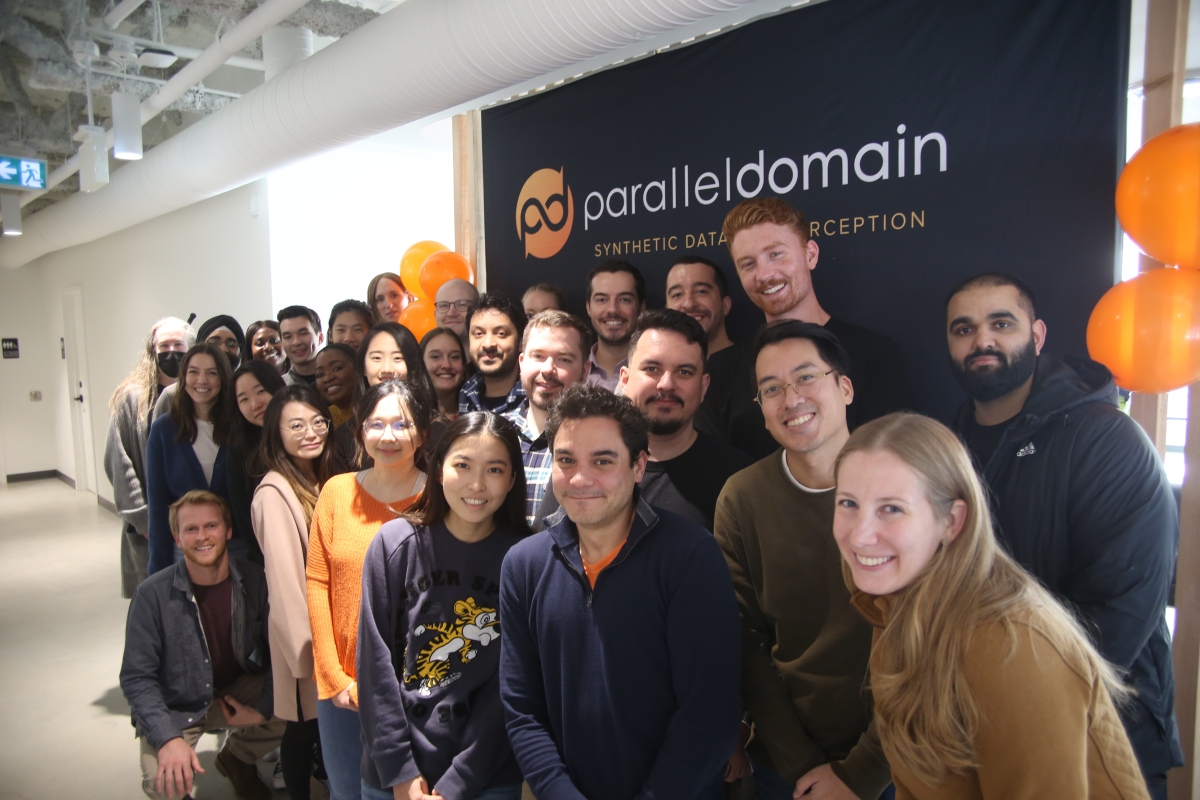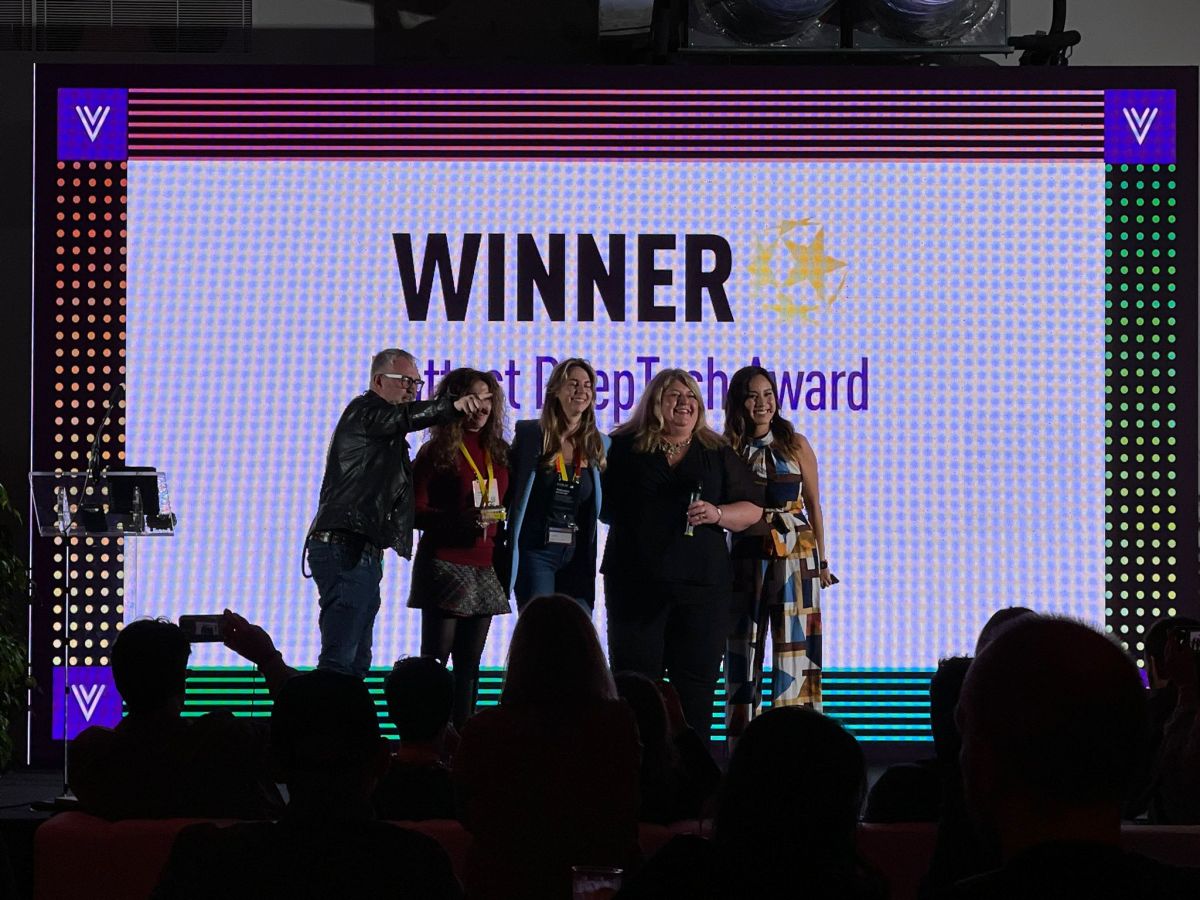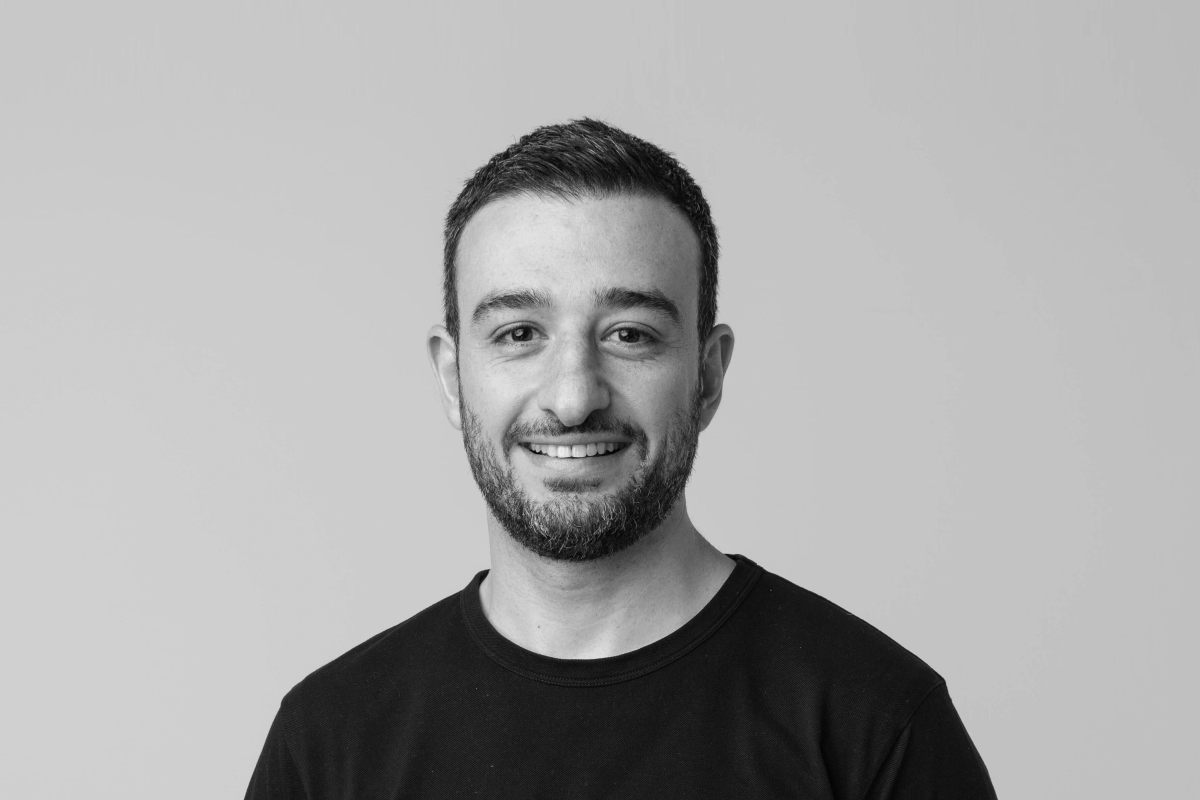Goodera makes corporate volunteering events easier, even for remote and hybrid workplaces • ZebethMedia
Corporate volunteering is on the rise, as a way to increase a company’s social impact while boosting employee engagement. Managing volunteer programs, however, can get tricky. Goodera wants to make it easier with an end-to-end platform that includes pre-vetted volunteer opportunities and trained hosts. The Utah-based startup announced today it has raised a $10 million Series A led by Elevation Capital, with participation from Zoom Ventures, Xto10X, Nexus Venture Partners and Omidyar Network. Former Xerox CEO Ursula Burns and Flipkart founder Binny Bansal also contributed to the round. Goodera currently has volunteering openings from over 50,000 nonprofits that can be done in an office, remotely or by hybrid workers, with the goal of making them accessible to more employees. Some examples of volunteer opportunities Goodera has hosted include onboarding interns, holiday gift-wrapping, helping Ukrainian war refugees and introducing robotics to kids through automated bot building. The startup was founded by Abhishek Gumbad in 2020, and now has over 400 customers. Goodera’s volunteering programs have been used by companies like IBM, Target, EY, Amazon and 60 Fortune 500 companies. It currently reaches more than 10 million employees in total, and wants to hit 100 million employees by 2025. When Goodera was founded two years ago, socio-political movements like Black Lives Matter were at a peak, said Gumbad, and many employees wanted to participate. But pandemic lockdowns made that difficult. Goodera had already been working on virtual volunteering for remote teams, including a pilot program with a large cloud organization. Now Goodera helps both nonprofits and corporations increase volunteering. For nonprofits, Goodera serves as a partner that helps them find volunteers. Gumbad noted that only a very small number of nonprofits have a dedicated corporate relations program and international nonprofits are hard to screen. Goodera founder and CEO Abhishek Humbad “It’s difficult to find nonprofit partners aligned to your corporate impact goals,” he said. Goodera solves that with a team focused on sourcing and training nonprofits to offer volunteering opportunities on its platform. It currently works with 50,000 nonprofits in more than 100 countries. Gumbad said that it was able to find opportunities for the Ukraine war and Pakistan floods in less than three days after news broke. After partnering with nonprofits, Goodera develops programs, making sure they are engaging for employee volunteers. Its experience team pilots volunteer opportunities through Goodera’s Volunteer Tuesdays program, getting feedback from members of the startup’s team. Once volunteer opportunities are live, it provides a trained host for each one. Goodera now has a network of over 1,000 hosts, who can oversee the organization and logistics of opportunities in 500 cities in more than 20 languages. Volunteer opportunities are also supported by a delivery operations team that creates over a week’s worth of content for each event, including emails, posters, landing pages, videos and nonprofit testimonials. Goodera signed its first customer in August 2020 and now has $7.5 million annual recurring revenue. It monetizes by charging by usage per employee for each placement, which typically costs between $25 and $50 based on if their volunteering opportunity is remote, in-person or at a location. In terms of competition, Gumbad said there are some companies, mostly small corporate event organizers, that partner with nonprofits to host volunteering opportunities, but those engagements are sporadic. He added Goodera differentiates from other volunteer platforms like WeHero and Give to Get by offering volunteer opportunities in a wider geography, and full service including curation, hosting and reporting. Goodera’s funding will be used to scale its operations, with volunteer opportunities catered to diversity, equality and inclusion, environmental, social and corporate governance and employee resource groups. It also plans to explore impact engagement around DEI awareness and training workshops. In a statement, Zoom’s head of corporate development, M&A strategy and Zoom Ventures Sanjay Rao said, “Volunteering has become mainstream across companies of all sizes, sectors and geographies. It is the most meaningful engagement, especially for Gen Z and millennials. Goodera solves a massive need that was underserved and overlooked, especially in the remote and hybrid working environment. We are proud to be a customer and now an investor in their ambition to bring volunteering to every workplace.”









